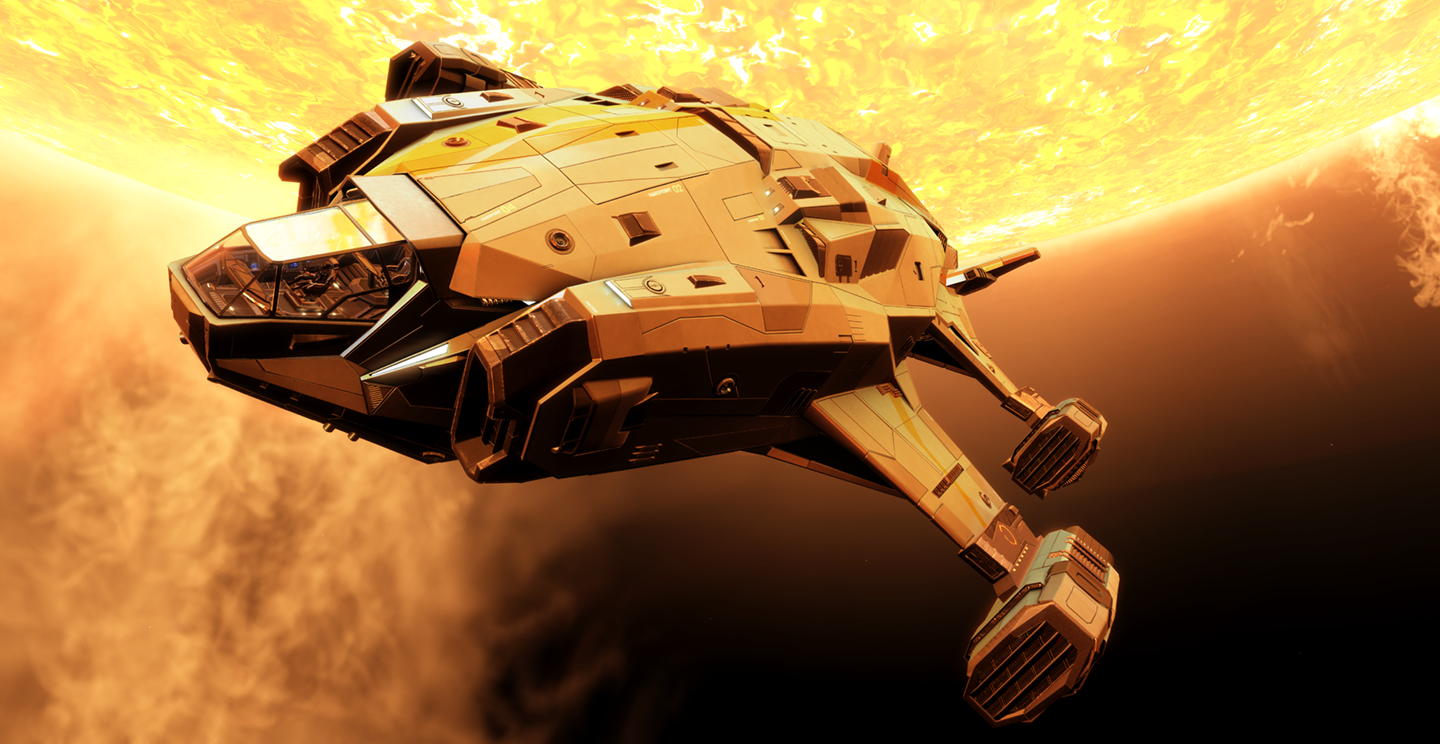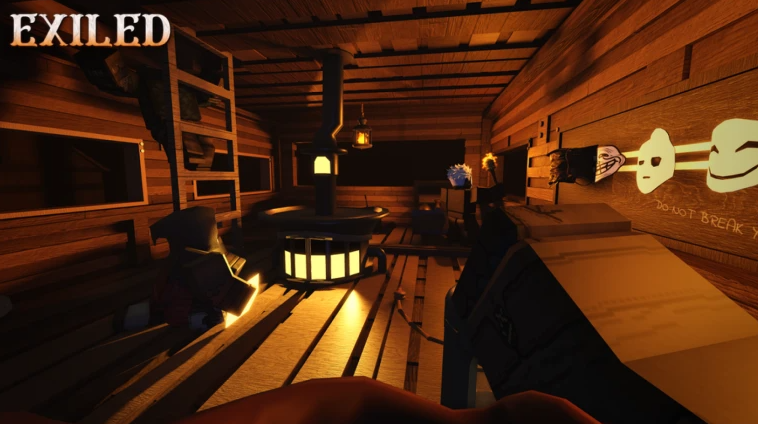It's been a hell of a year, and we're going to end it by pinging a spacecraft travelling at 430,000 mph off the Sun in a presumed affront to the laws of the universe
We're going down in a blaze of glory. Or at least, this spacecraft might be.

As a child, I was taught to fear the Sun. Don't look at it, I was told. Cover yourself in suntan lotion to protect against it. Sacrifice small animals to its glory. Okay, the last one was probably just my family. But scientists are about to go deep where all others fear to tread, as the Parker Solar Probe has spent the past six years zipping towards (and around) the great thermonuclear orb in the sky, and on December 24 it will make its closest pass yet into the solar atmosphere.
Some mind-bending facts to kick off with: The Parker Solar Probe is the fastest moving object that humans have ever built, reaching a top speed of 430,000 miles an hour thanks to the Sun's gravitational pull (via Ars Technica). It weighs less than a ton, and its scientific payload is a mere 110 lbs (50 kg), but its heat shield will have to withstand temperatures in excess of 2,500° Fahrenheit (1,371° C) as it plunges ever deeper into the Sun's outermost layer.
But why's it there in the first place? Well, scientists have been keen to study the origins of solar wind, the stream of protons and electrons emanating from the Sun's outermost layer. While we can view the secondary effects of this phenomenon with the naked eye in the form of an Aurora, apparently you really need to be there for yourself to understand its origins properly.
Or by proxy, I guess. Anyway, the probe made its first contact with the solar atmosphere back in 2021, although the stakes seem a fair bit higher this time.
The Parker Solar Probe's mission is to plunge deeper than ever before into the Sun's corona, collect readings from a Faraday cup made out of Titanium-Zirconium-Molybdenum (no I'm not making that up), and then orient itself back into the harsh coldness of space.
More than once, in fact, meaning that it's been built out of exotic materials that scientists hope will withstand being repeatedly dunked in and out of the outer layer of our ever-terrifying star at ever deeper levels.
Normal cables would melt under such conditions, so NASA and the team from the Johns Hopkins University Applied Physics laboratory grew sapphire crystal tubes to protect them and made the wires themselves from niobium, a chemical element with the highest critical temperature of the elemental superconductors.
I say that like I always knew it, but I just looked it up. If you'd asked me what niobium was before researching this story, I would have guessed it was the counterpoint to vibranium used by Doctor Doom in issue #342 of The Adventures of... you get the idea.
Anyway, that's the plan. While I wish the team and their endeavours the best of luck, part of me thinks that the hubris of chucking a spacecraft at the most powerful thing in our solar system—upon which all life on this planet depends—is tempting fate somewhat, given the state of the world these days.
Still, the march of progress must continue. I still occasionally wake up with cold sweats in memory of my first close encounter with a star in Elite Dangerous, in which I found myself pulled helplessly towards a fiery death as my ship cooked itself to pieces around me. Just for good measure, I'll avoid playing it again until the holidays have well and truly passed. No point jinxing this sort of thing now, is there?

Best CPU for gaming: Top chips from Intel and AMD.
Best gaming motherboard: The right boards.
Best graphics card: Your perfect pixel-pusher awaits.
Best SSD for gaming: Get into the game first.
What's Your Reaction?

























































